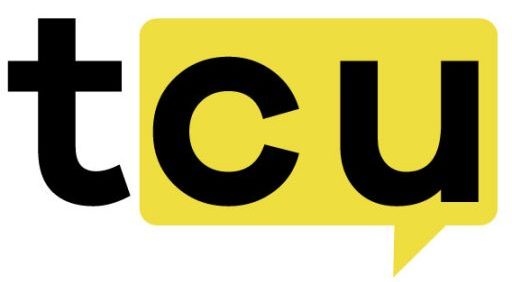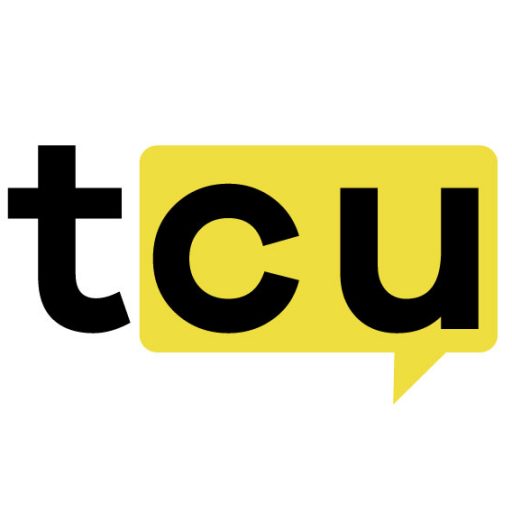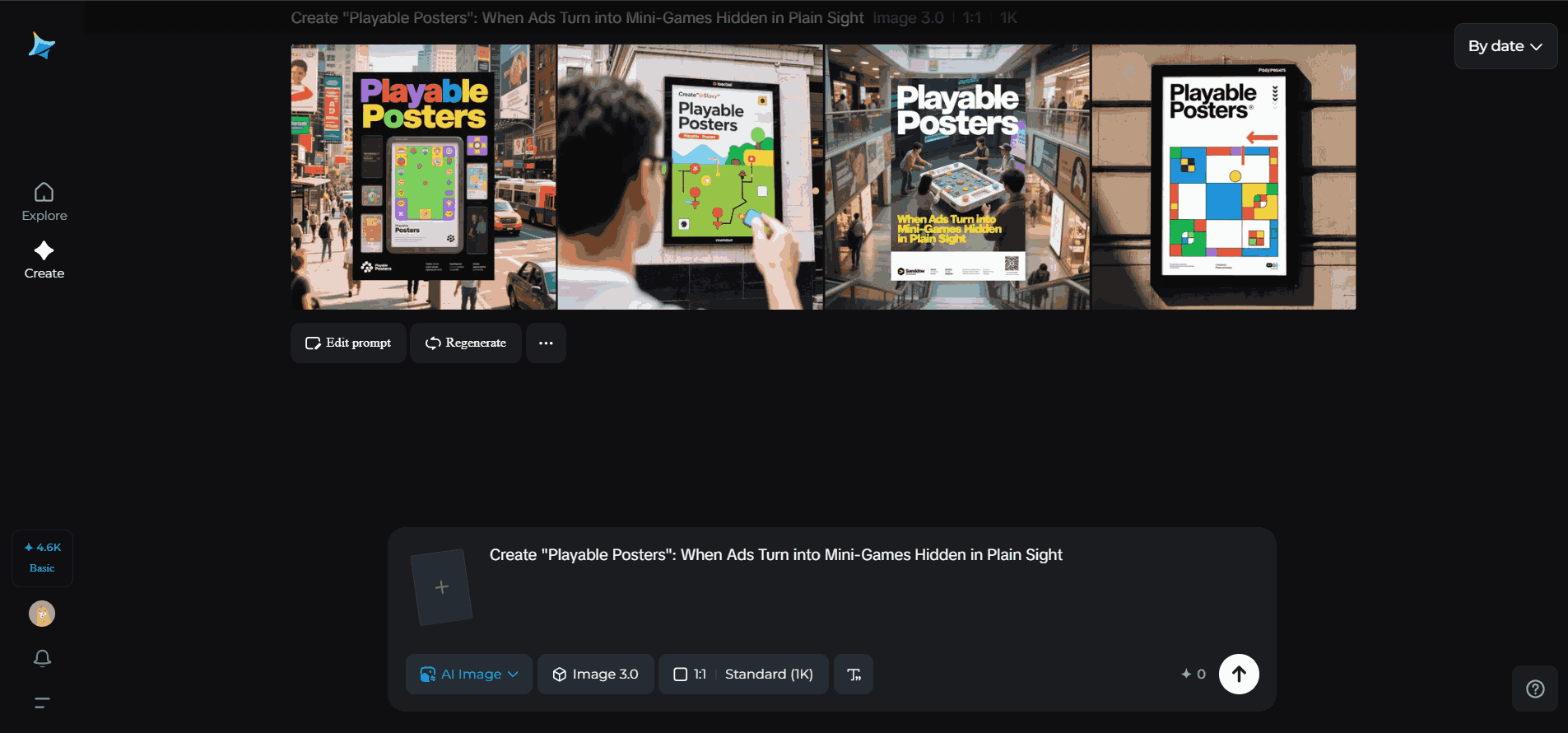What if the posters you walked past each day not only glared back at you, but begged to be played with? Picture stripping back the layers of a motionless design to find it conceals a tiny puzzle, a speedway, or a pixel world you can operate from your phone. Welcome to the dawn of campaigns: playable posters, where advertising and interactivity collide in surprising ways.
The distinction between ads and games has long been blurred—QR codes, AR pop-ups, and scannable tags were the waymarkers. But with the aid of an AI photo generator like Dreamina, posters themselves can now be created to serve as de facto mini-games, making campaigns that get glanced at rather than merely experienced.
This is not about creating gimmicks. This is about incorporating fun into the DNA of design, making audiences a part of the ad rather than mere observers.
The hidden arcade in a poster
Imagine a subway platform where a poster comes alive when you hold your phone up to it, turning the artwork into a playable rhythm game in time with music. Picture a sports brand creating a campaign where you swipe through layers of a poster to direct a virtual player, each movement connected to the energy of the brand.
The genius of playable posters is in their double nature:
- At a distance, they’re still strong designs that communicate like any other campaign.
- Close up, they pay off curiosity with interaction, surprising those who interact.
That surprise shift—from passive to active—gives people a moment they’re more likely to recall, discuss, and pass on. In a time of transitory attention spans, that stickiness is gold.
When design doubles as a playground
The poster does not need to shout its secret game; in fact, the surprise makes it more appealing. A hint of something—perhaps a symbol, a pattern of color, or an enigmatic call-to-action—may be sufficient to encourage discovery.
Imagine these possibilities:
- A parade poster becomes a playable soundboard, enabling individuals to remix beats by tapping on various areas of the artwork.
- A sneaker drop conceals a virtual showdown, in which the tilt of your phone’s screen makes your phone play the role of guiding a runner along the skyline of a poster.
- A movie poster release transforms its cast into gameable pixel-avatars, opening brief mini-games that hint at the story of the movie.
By making design a playground, brands aren’t broadcasting—situating people to hang out, discover, and make memories with brands.
Shaping fun campaigns with Dreamina
Here’s where Dreamina enters the picture. Creating such dreamlike campaigns isn’t the purview of large studios anymore—it can begin with whoever will envision interactivity in innovative new terms. Dreamina enables it to easily sketch out, edit, and reimagine posters that breathe.
Step 1: Enter a detailed text prompt
Go to Dreamina’s “AI Image” and begin by typing out a richly detailed prompt that describes your poster-turned-playground. A more detailed description is just going to help Dreamina become clearer on the vision you want to make a reality.
For instance: a futuristic poster on a city wall that glows with neon patterns, coming alive as a retro arcade game when scanned, playful and colorful with pixel art details.
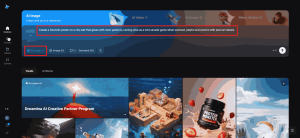
Step 2: Choose parameters and generate
Now, tune the key parameters. Choose your model, aspect ratio (most likely for a vertical poster), size, and choose between either 1k or 2k resolution for more clarity. Once you feel good about your parameters, just click on Dreamina’s logo to generate the design and watch your playable poster come to life.
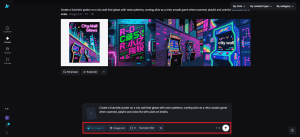
Step 3: Customize and save
Now, for the finishing touches, take advantage of Dreamina’s AI customization features: inpaint to fill in any gaps, expand to push the edges outwards, remove to minimize distractions, and retouch for extra detail. Once you’ve made everything to your satisfaction, check your interactive-ready design, identify the Download icon, and select it to save your design and continue to the next step of gamification.
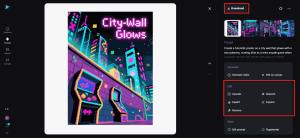
Mascots, maps, and mini-games
Playable posters do not need to be standalone; they can be part of a broader campaign. Imagine utilizing Dreamina’s AI logo generator to create a mascot that guides the player through the game on the advertisement – acting as both a brand ambassador and digital avatar. The mascot may inhabit not only a poster but could also appear in web banners, AR filters, and merchandise, creating a synchronicity of narrative across all touchpoints.
Likewise, posters can function as maps. Someone might conceal level one of a game, someone else unlocks level two, getting individuals to search for all elements of the experience that are distributed through a city. By doing this, the campaign becomes a treasure hunt and a social media phenomenon.
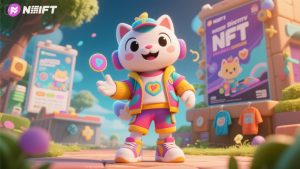
Rethinking poster aesthetics
Creating a playable poster isn’t merely a matter of making it interactive; the artwork itself must imply playfulness. This is where working with an AI image editor can be effective. Designers can try applying layering effects, juxtaposing flat design with 3D illusions, or integrating subtle visual cues that nudge the player in a particular direction.
For instance:
- Color gradients sliding in those bright colors kind of bring back retro game vibes right away. They hit you with that nostalgia feeling pretty much instantly.
- Circular patterns work as on-screen buttons too once you scan them.
- Shadows and highlights add some real depth there. They hint at these hidden layers right under the poster’s surface.
By editing with intention, the static design itself whispers about the fun waiting to be unlocked.
When advertising becomes a side quest
Engagable posters are not simply grabbing people’s attention; they game-ify common places. They make commutes side quests, shopping expeditions, treasure hunts, and sidewalk stages of discovery. Rather than passively watching commercials, individuals engage with them as they would like a beloved game—forming habits of repeat and affinity.
And as with any great game, the most playable posters find challenge and reward in a harmonious balance. Whether unlocking a discount code upon completing a mini-game or gaining digital collectibles associated with a brand, payoff is as important as play.
Ending thoughts: play is the new poster power
Advertising has never been about igniting connection but rather about a glance that shrinks into a single thought. Static one-sidedness usually restricts interaction to just looking. Playable posters reverse that, challenging individuals not only to look but to do something. With Dreamina, a single text prompt can unlock designs that appear as if they’re impatiently waiting to be touched, tapped, or swiped. Add to that smart brand storytelling, and posters become games in plain sight—palpable portals of fun distributed across our cities.
Standing at the crossroads of art, design, and interactivity, the question is no longer whether or not posters can be turned into games—it’s when audiences will anticipate that every campaign is one.
![]()
